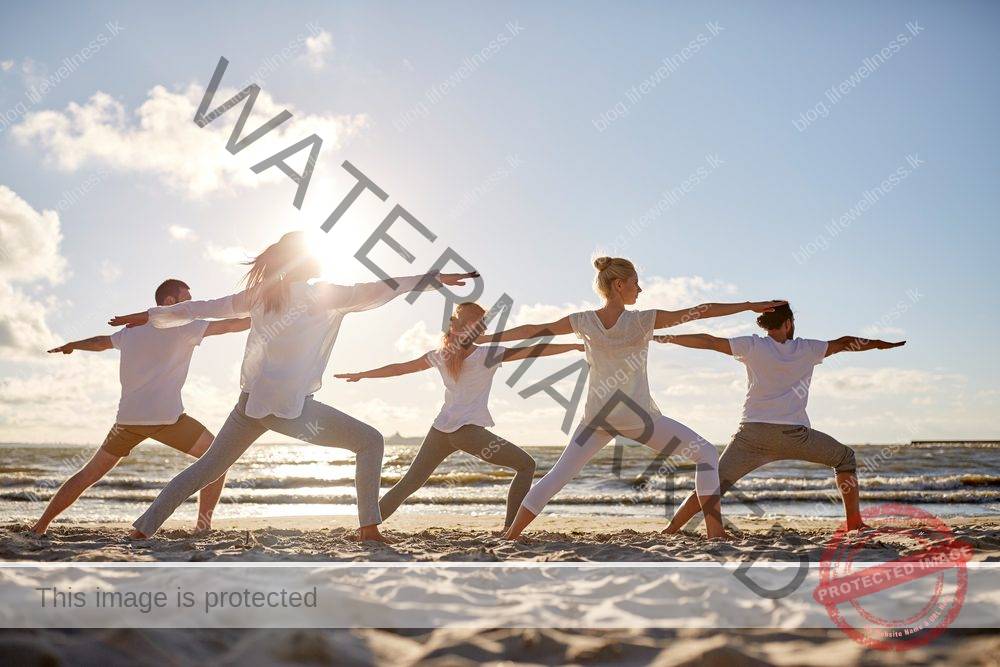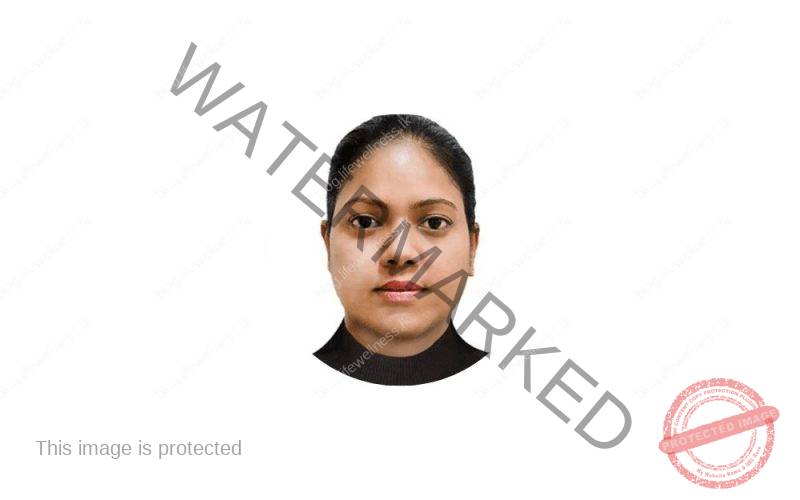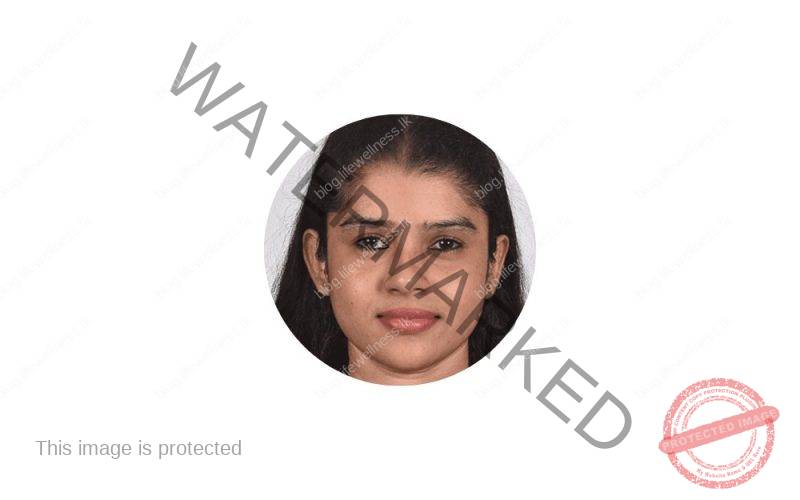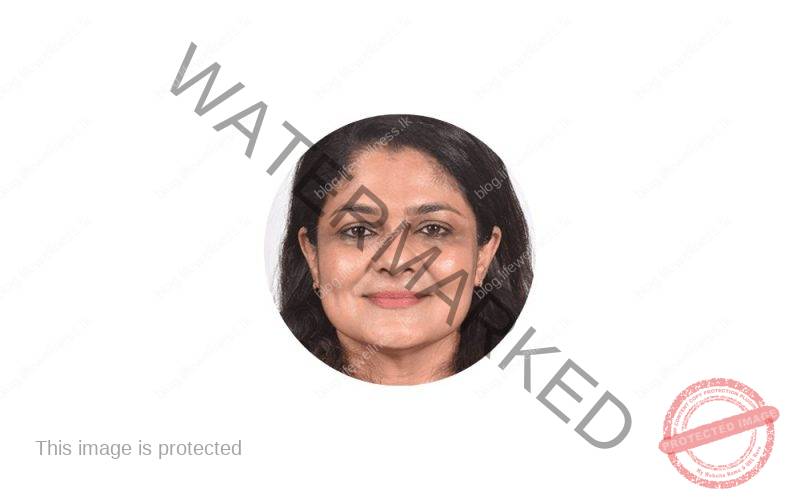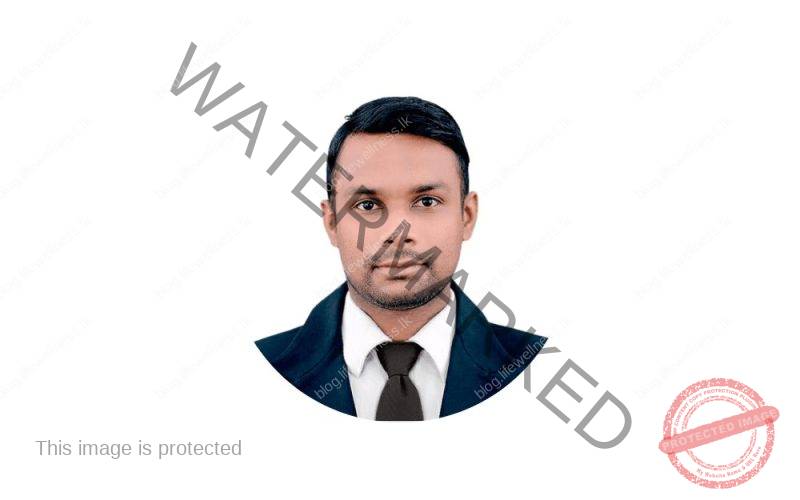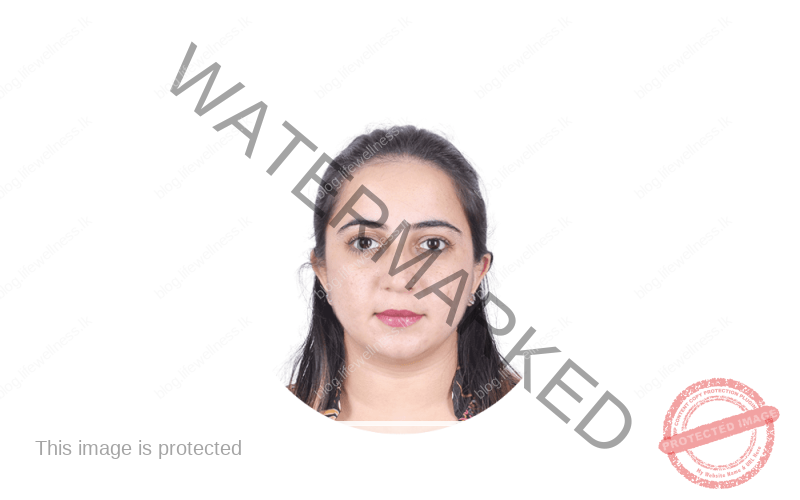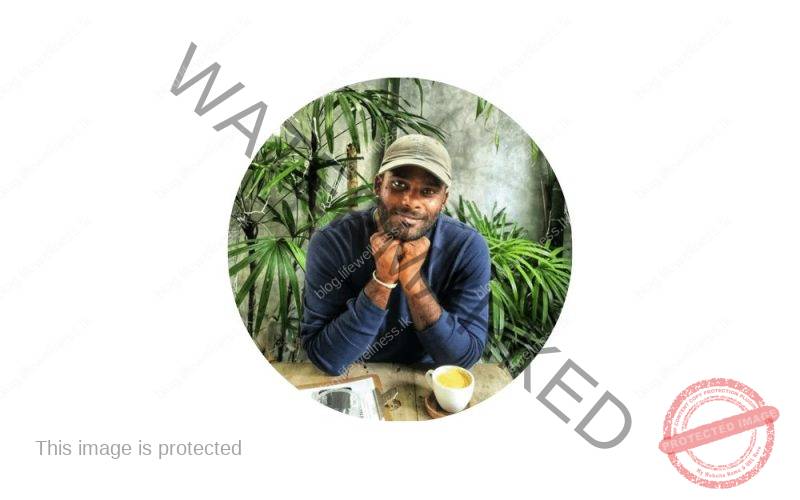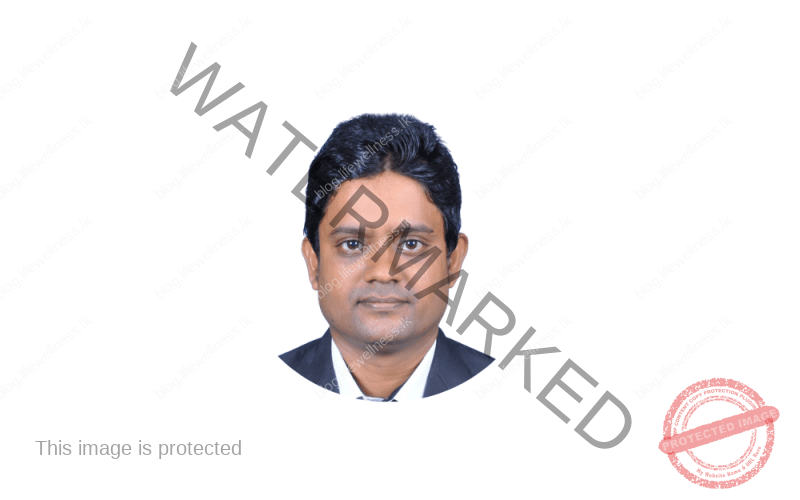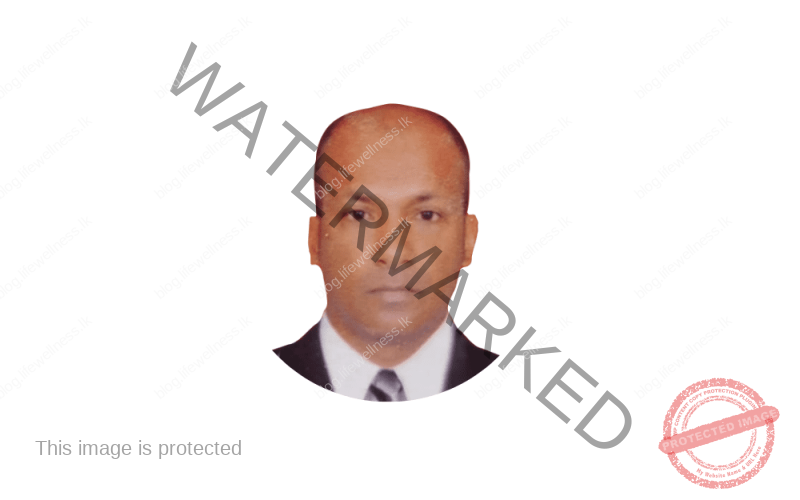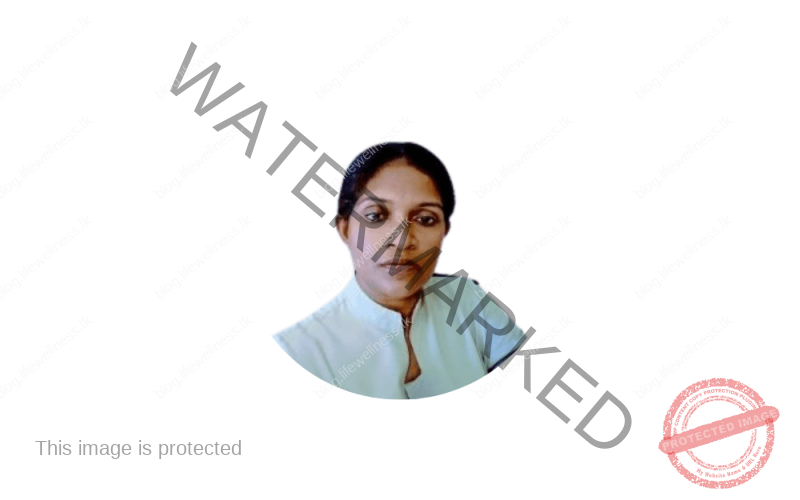The Art of Relaxation
Hatha yoga teaches us the art and science of relaxation so that in all the ups and downs of life, we can be calm and poised.
All around us is the fight for existence. In every walk of life, there is competition and stress. This issue has become very complicated. Unemployment is everywhere. These days, brilliant young individuals with a good education can hardly get a job.
Via everyday pressures and unhealthy lifestyles, a great deal of mental and physical stress is placed on modern citizens.
Artificial Habits
Individuals have lost their link to nature. We have muscle and nerve tension and have forgotten how to relax. No energy will be wasted if you practice relaxation. The muscles and nerves are at rest during relaxation.
The prana is stored and preserved, or energy. By creating unnecessary muscle movements and putting the muscles and nerves under great strain, the vast majority of people who have no comprehensive understanding of this beautiful science of relaxation simply waste their energy.
Signs of Stress
There are many signs of anxiety. All such symptoms that can lead to other diseases are insomnia, eating disorders, digestive problems, nervous tension in the body, diabetes, obesity, autoimmune disorders, cardiovascular problems, and allergies.
Types of Stress
Types of stress exist: physical, mental, and spiritual.
Physical stress results in incorrect posture, incorrect dietary habits, short breaths, and inappropriate body use or over-exertion.
The prime cause of physical stress is mental stress. This involves adverse emotional stress due to daily life pressure, difficulty adapting to changes, and undigested emotional experiences or unfulfilled desires.
Modern Life’s Stresses
Life is very quick and demanding in our modern, technological urban societies. It is expected that individuals will perform, to multitask, to be focused and productive. They spend more than they recharge on prana.
In addition, people are caught up in the society of consumers and the multi-media society where there is pressure to consume and shop, to update things that are actually irrelevant to our lives. Modern society’s demands drain us from our resources and from prana and leave us empty and weak.
Also, we are losing real support from family and friends to help us cope with stress. Society becomes complicated, relationships are also unsatisfactory and we live in a permanent pranic debt that leads to chronic stress.
Stress contributes to Negative Emotions
Negative emotions such as fear, anxiety, frustration, anger, and discontent are produced by this kind of life. Such negative feelings may be short term or long term. Long-term negative emotions can return to certain personality traits before birth and display them as such.
These tendencies will be aggravated by life events or may assist the individual to switch to more positive habits. Stressful circumstances can thus be an opportunity for growth. Indeed, having to face our past tendencies and unresolved stories is stressful.
To say the least, much of our energy, or prana, can be consumed by this type of intense mental and emotional churning.
Spiritual Stress
Often, spiritual stress is overlooked. Stress is not created by the loss of a job, alterations in relationships, our environment or an economic crisis. It is the fundamental existential questions hidden within, without any answers, that generate in all of us permanent underlying anxiety.
Questions such as,’ who am I?’ are often asked. ” Why was that happening to me? ” What’s life like? ” What does death mean? ” What are my priorities? ” Who should I trust? Who is God? ” What is my connection to others? ’.
We are often unable to help or guide our elders, parents, family members, friends or teachers to find answers. We experience fundamental loneliness and a lack of direction and wisdom that is sustainable.
Three kinds of Relaxation
Relaxation induces fitness. Three kinds of relaxation are available: physical, emotional, and spiritual. These 3 levels of relaxation leading to the three levels of health are included in the art of relaxation.
Physical relaxation is technically called savasana, the ‘corpse pose’ in yoga. Normally, we expend physical and mental energy through tension, even when trying to rest. In general, to avoid muscle tension, physical relaxation preserves good posture in all activities. Conscious physical relaxation releases blockages and facilitates the flow of blood, which brings oxygen to all parts of the body, particularly the brain, and to all organs.
Science of Relaxation
Savasana is the science of relaxation in particular and is a progressive, conscious body and mind relaxation that allows us to finally detach ourselves from the body’s involvement and return to our peaceful self. Consciously tightening and releasing our muscles from the toes in savasana, reaching up to the eyes, ears, and head, helps bring their natural efficiency to our body and mind. There is little or no power, or prana, being consumed during complete relaxation.
Mental Relaxation
By breathing slowly and rhythmically, emotional or mental relaxation is achieved, particularly by exhaling slowly and deeply. Emotional relaxation is also achieved by not holding grudges, disappointments, or hatred towards anyone or anything. The relaxed yogi, on the other hand, sends love to all, accepts all, and forgives all. Intrust and belief, the heart is open.
In all events, the yogi sees the divine, so it’s simpler for him or her to surrender and adapt to what’s happening. The yogi, free of expectations and preconceived ideas, lives in the here and now. A yogi’s mind is free of likes and dislikes, or appeals, attachments, and aversions. He or she is altruistic and related to the core satisfaction and peace within the Self.
Meditation as a Tool
To achieve this detached and relaxed state of mind, meditation is an important tool. It must be noted, however, that a relaxed state of mind does not imply a random state of mind and being, a free state for all. This is a distracted state of mind, in fact. On the contrary, a relaxed Yogi’s mind is grounded but calm and concentrated inward and upward.
Generally, by escaping our reality by constantly changing activities and entertainment, we want to relax our minds. The mind becomes more desirous, dissatisfied, and scattered as a consequence. We constantly change our focus, and in imperfect outer objects and things, we become restless looking for happiness. This will not lead to relaxation and peace, but to stress and disappointment.
Through Pure Love, Emotional Health
Mental and emotional relaxation, moreover, is not being indifferent or aloof. It is learning what pure devotion or love is. We become mature and ’emotionally intelligent’ through the purification of our hearts and emotions. This is a life-long effort, so one needs to be patient.
How is it working? First of all, we need to learn to control our feelings, to avoid extremes, extreme highs or extreme lows. Second, instead of all gifts received, we need to learn to calm our desired heart and to be content and grateful. This mental and emotional discipline journey will enable us to experience the bliss within. The bliss experienced within, in turn, will liberate us from compulsions and desires.
In summary
loose life and indulgence are not relaxation, but true relaxation and happiness are a conscious, content, and simple life.
When there is no expectation or desire for anything, the science of relaxation leads to spiritual relaxation, a state of freedom and joyfulness. We experience detachment, contentment, and fulfillment instead of anxiety.

